What new challenges will preservationists face over the next 50 years? It’s clear that the impacts on historic places by hurricanes Katrina and Sandy and other recent tropical storms, combined with growing international concern about rising sea levels, has started to “change the tide” and bring a new focus to preservation professionals. In April and June 2016, national and international experts in historic preservation, climate change, emergency management, architecture, and planning gathered in three U.S. states to participate in a series of “firsts” to address the threats facing the nation’s historic coastal and riverine (meaning ‘situated or dwelling beside a river’) communities from flooding and climate change. Continue reading

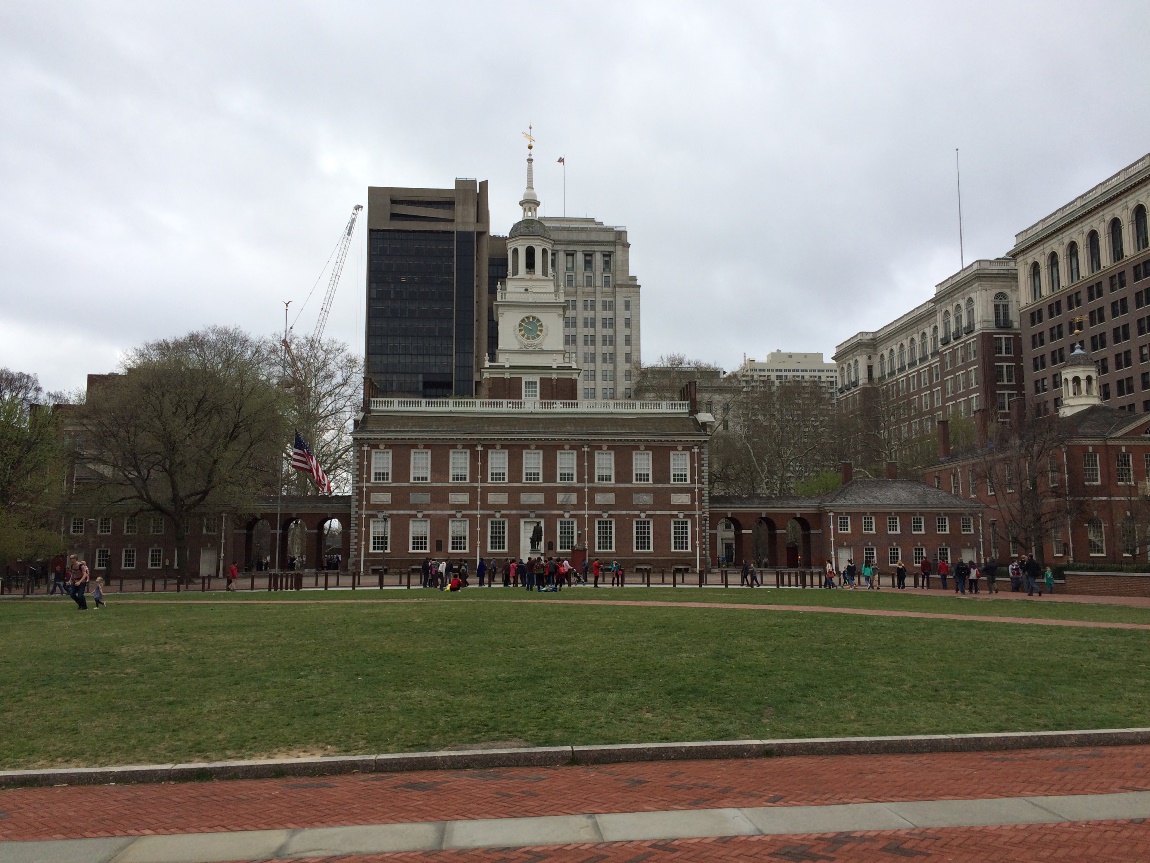
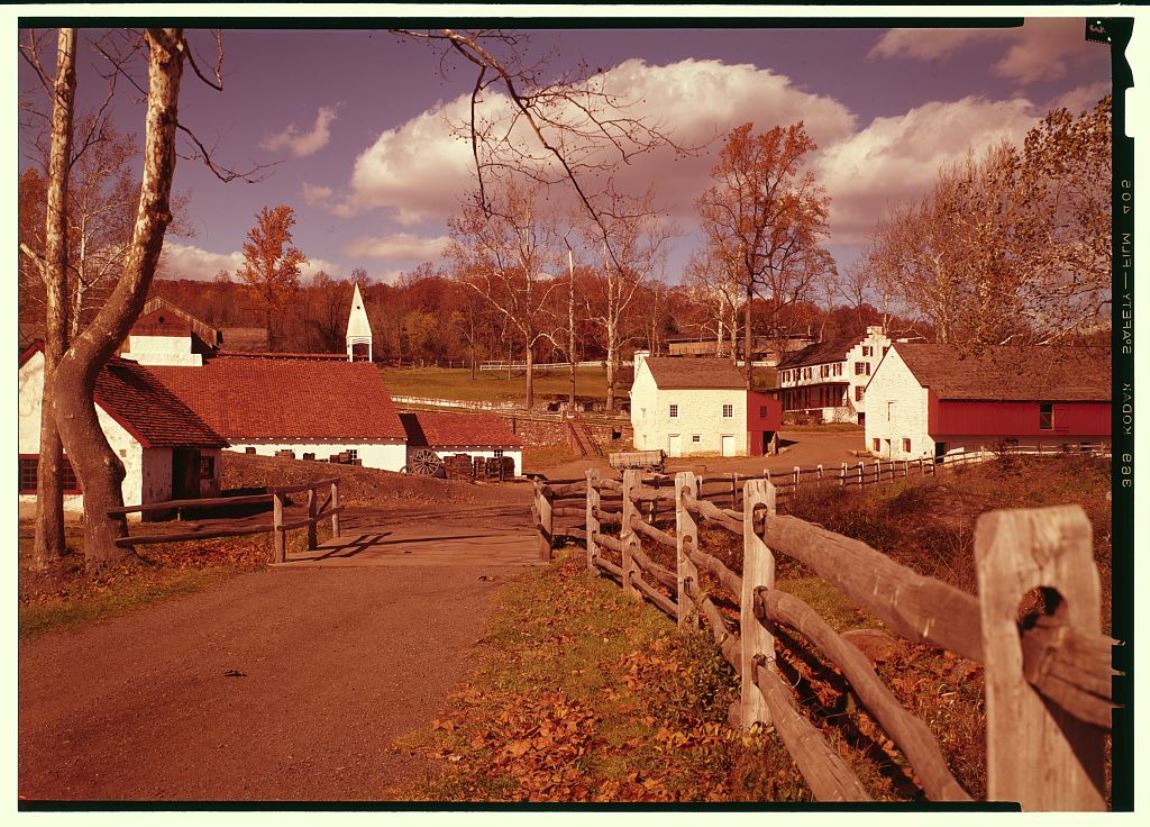
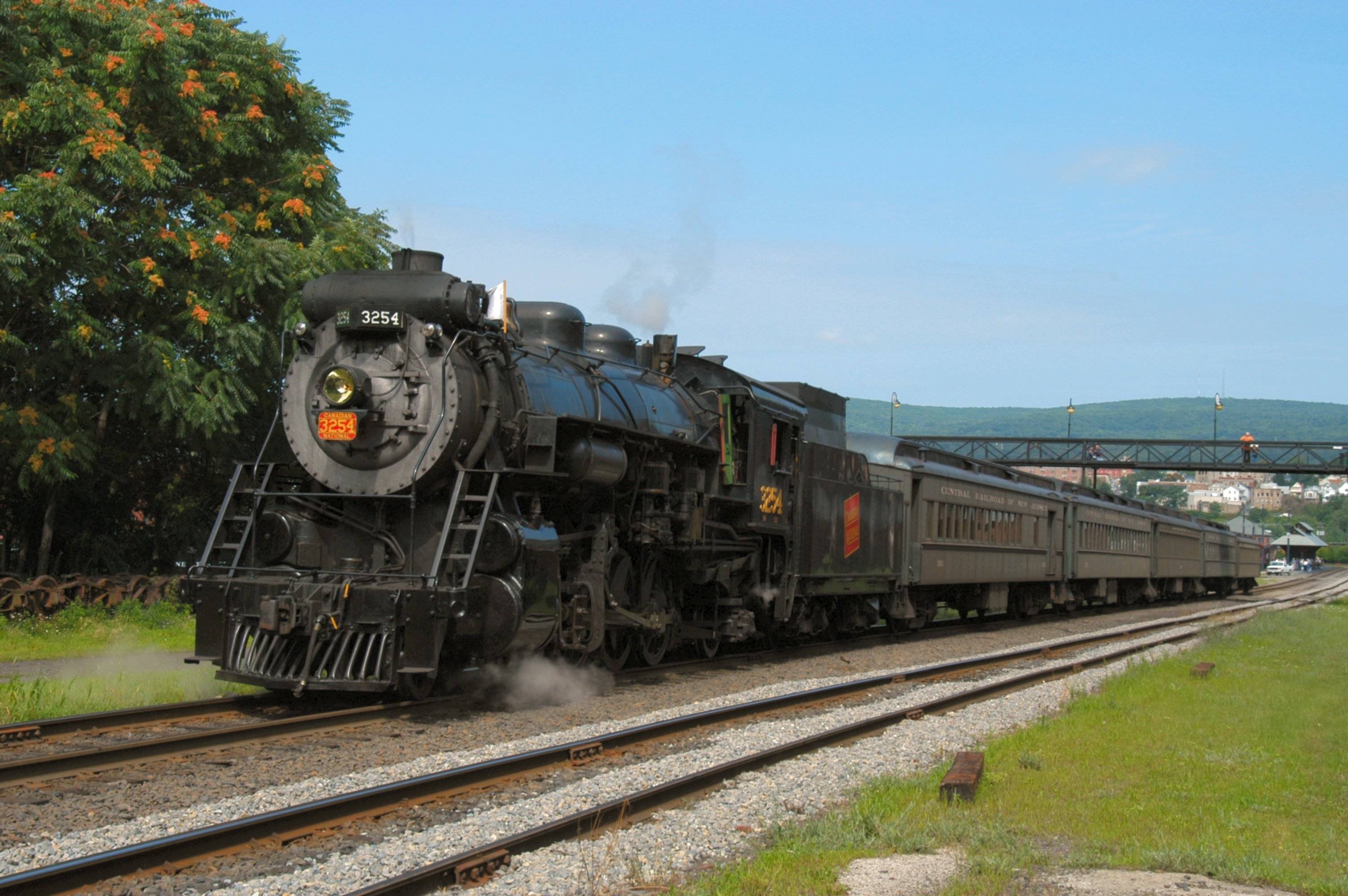
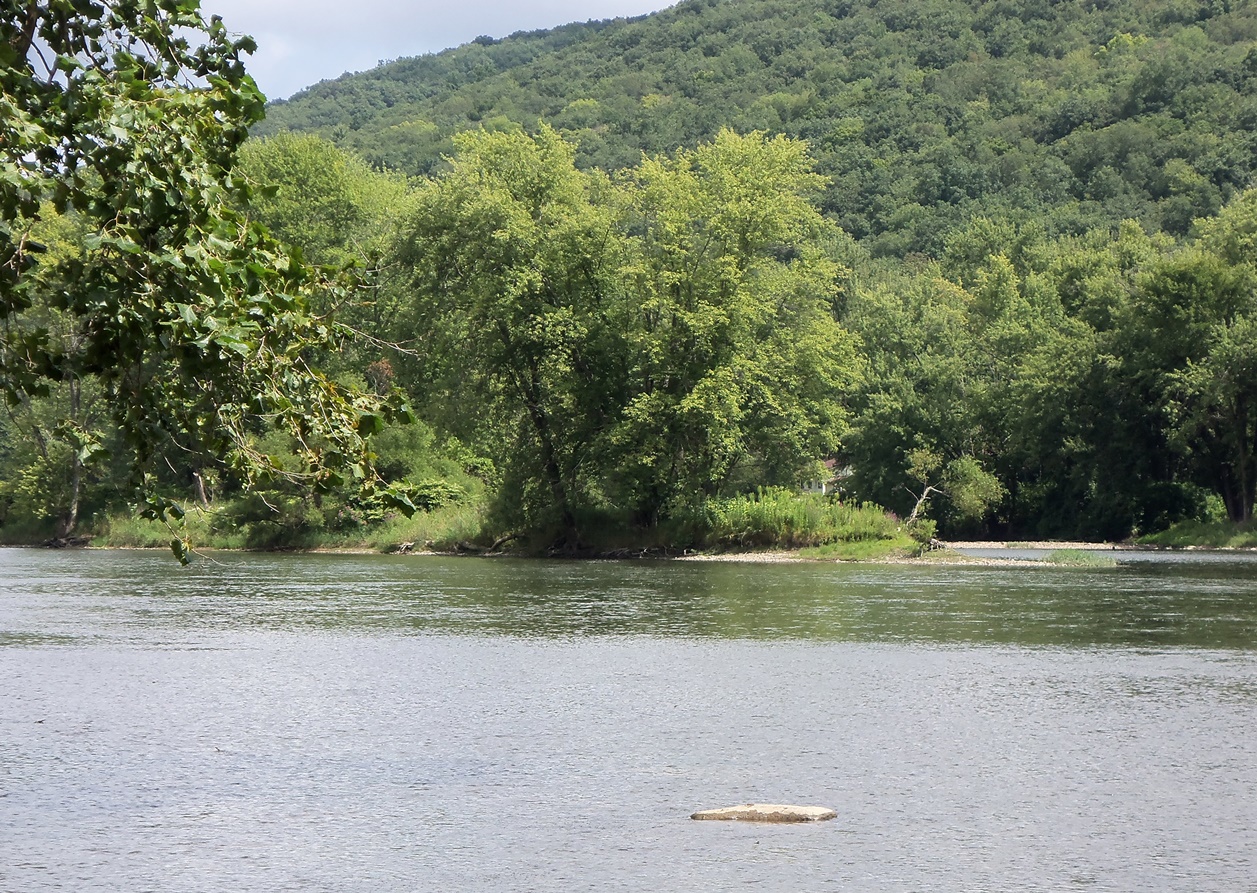
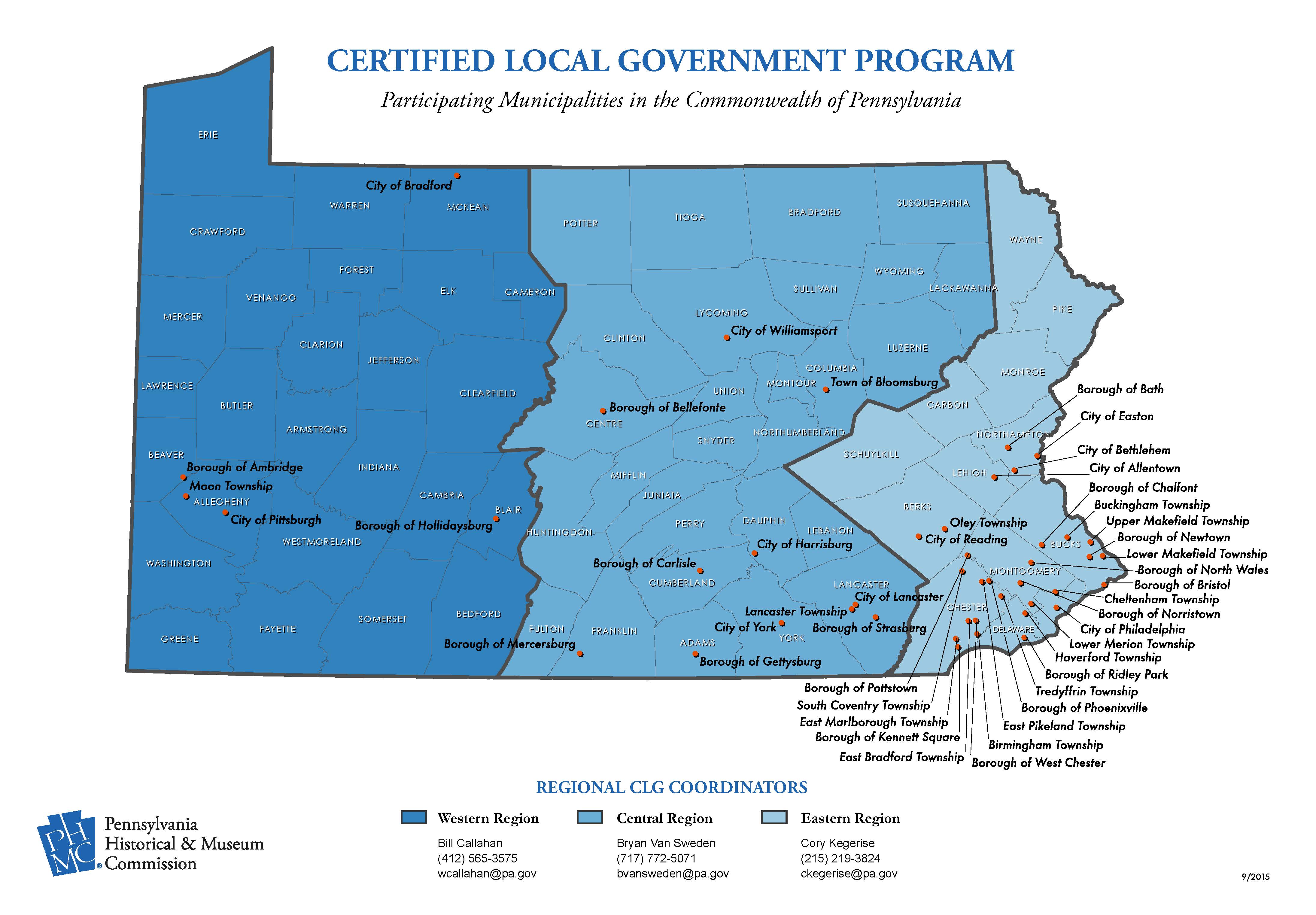




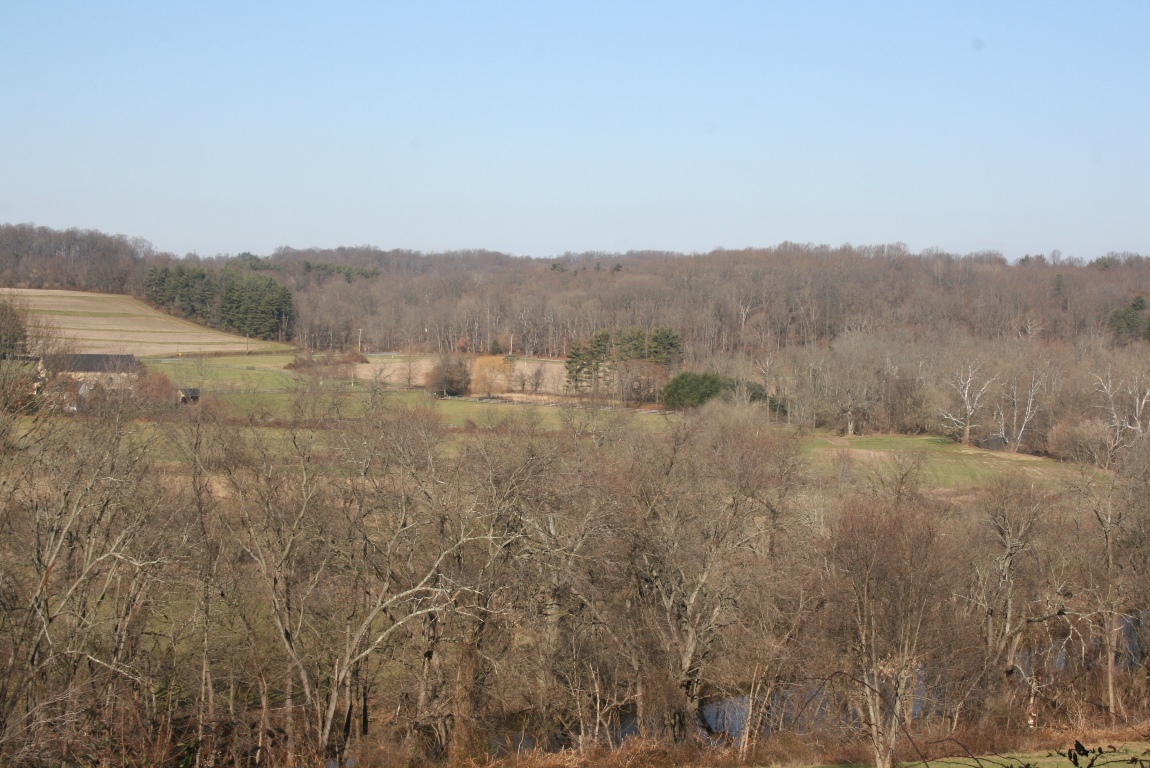
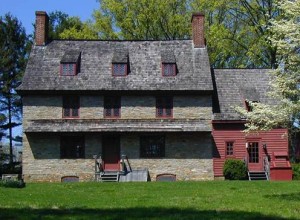
Recent Comments